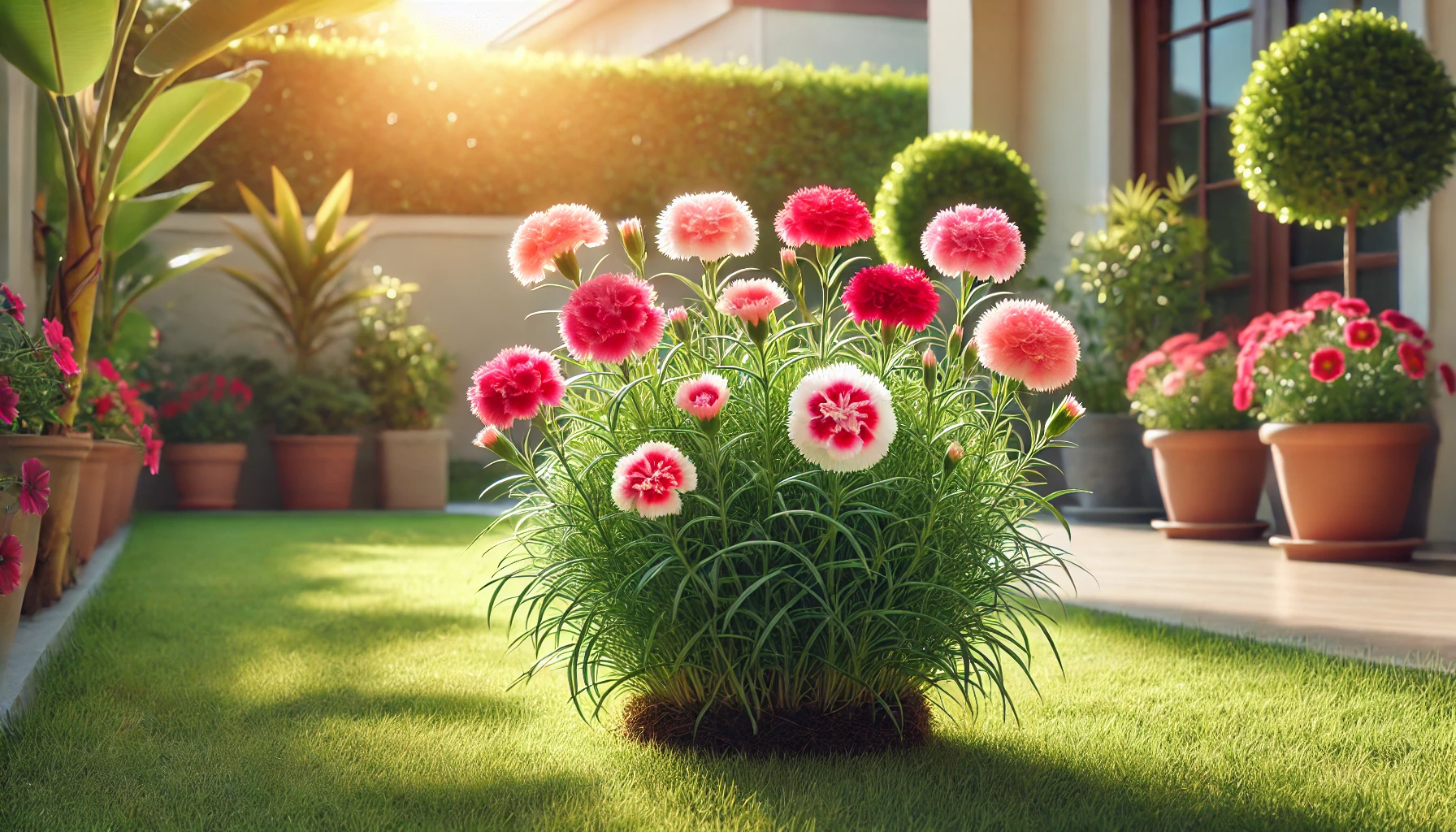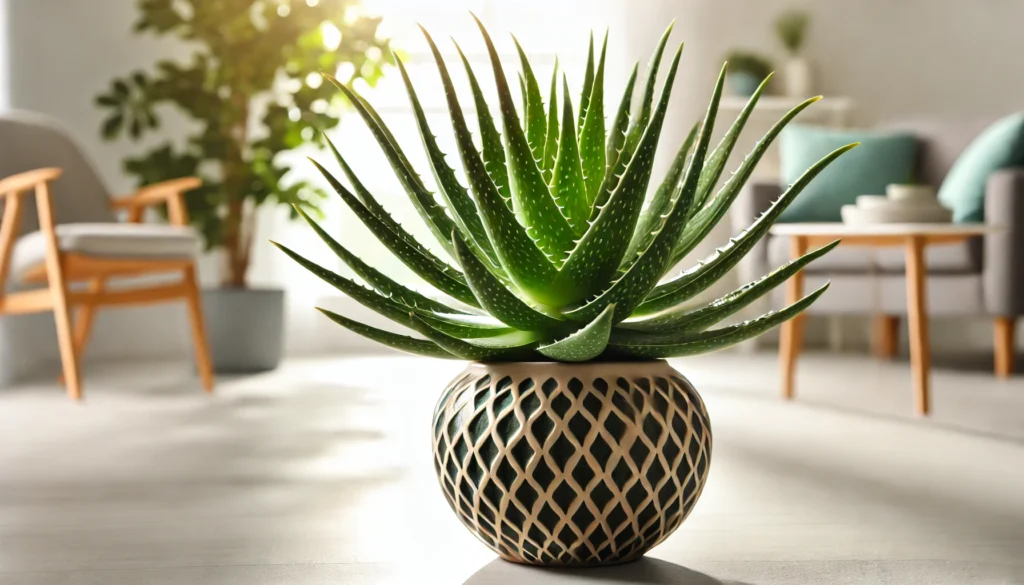
Dianthus, often referred to as “pinks,” are beloved for their vibrant colors and sweet, spicy fragrance. Formally known as Dianthus spp., these perennials or biennials can grow up to 12-18 inches tall, depending on the variety. With their delicate, fringed petals and a wide range of colors from pink and red to white and purple, Dianthus plants make a charming addition to any garden.
A Glimpse into History and Ideal Growing Conditions
Dianthus plants have a long history, with their name derived from the Greek words “dios,” meaning divine, and “anthos,” meaning flower. Native to Europe and Asia, they have been cultivated for centuries for their beauty and fragrance. Dianthus thrives in well-drained soil and full sun, though they can tolerate partial shade. These plants prefer a slightly alkaline to neutral pH and grow best in cooler climates, making them ideal for temperate regions. Ensure they receive plenty of sunlight and good air circulation to avoid disease.
Are Dianthus Plants Safe for Pets?
Dianthus plants are mildly toxic to pets. While not highly dangerous, ingestion can cause mild gastrointestinal upset in dogs and cats. Symptoms might include drooling, vomiting, or diarrhea. Although they are not usually life-threatening, it’s still a good idea to keep them out of reach of curious pets.
Safe Alternatives for Pet-Friendly Gardens
If you’re looking for pet-safe alternatives, consider plants like Snapdragons (Antirrhinum majus), Marigolds (Tagetes spp.), or African Violets (Saintpaulia spp.). These plants are non-toxic to pets and can add similar beauty to your garden.
Best Practices for Caring for Dianthus
Dianthus plants are relatively easy to care for, making them a popular choice for gardeners of all levels. With the right care, they will reward you with continuous blooms throughout the growing season.
Watering and Humidity
Dianthus prefers moderate watering. Allow the soil to dry slightly between waterings to prevent root rot. They do well in average humidity levels and can tolerate occasional drought once established. Overwatering is a common issue, so it’s crucial to ensure good drainage.
Soil, Light, and Temperature
Plant Dianthus in well-draining soil, ideally a sandy or loamy mix. They thrive in full sun, which promotes healthy growth and abundant blooms. While Dianthus can tolerate some shade, too much can lead to leggy growth and fewer flowers. They prefer cooler temperatures, thriving in USDA zones 3-9, and can tolerate light frost.
Common Problems and Remedies
While Dianthus is generally hardy, they can face some common problems. Powdery mildew and rust can be an issue in humid conditions or when airflow is restricted. To prevent these diseases, ensure your plants are well-spaced and avoid overhead watering. Pests such as aphids and slugs may also target Dianthus. Insecticidal soap or natural remedies like neem oil can help keep pests at bay.
Propagation and Benefits
Dianthus can be propagated through seeds, cuttings, or division. Growing from seed is the most common method and allows for a wide variety of plants. Cuttings are another effective way to propagate, especially if you want to preserve specific colors or varieties. Dianthus not only adds beauty and fragrance to your garden but also attracts pollinators like bees and butterflies, making it a beneficial addition to any garden.
Final Thoughts
Dianthus is a versatile and charming plant that can enhance any garden with its vibrant colors and delightful fragrance. While they require some care, especially in terms of sunlight and watering, they are generally easy to grow and maintain. If you have pets, be mindful of their mild toxicity and consider safe alternatives if needed. With proper care, Dianthus will provide you with continuous blooms and a touch of elegance throughout the growing season.



